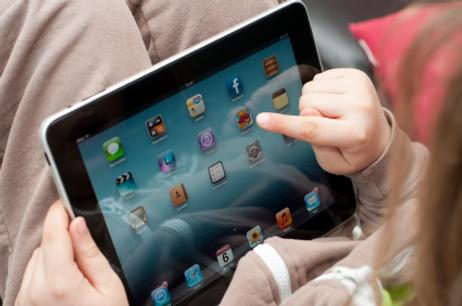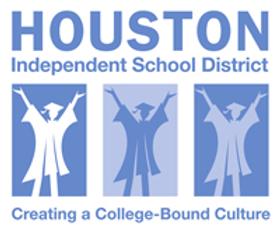Technology is coming to the Los Angeles Unified School District in a very widespread way this fall, as district officials have unveiled a plan to put an Apple iPad in the hands of every student in the district. The ambitious endeavor could eventually encompass more than 900 school campuses and 640,000 students between kindergarten and 12th grade.
Coming Soon to a Los Angeles School Near You
MacWorld reports that the deal between Apple and one of the largest school districts in the country will total more than $30 million when all is said and done. More than the money, a distribution this widespread positions Apple as the technology leader in education, at least on the West Coast where students will now be using their device in mass. The partnership will begin with the distribution of 31,000 iPads, which will be distributed at 47 campuses throughout the district this fall.
According to TelecomTiger, the Apple iPad was chosen by the school district because it has been rated the highest in quality and will be one of the most cost-effective means for bringing technology into the district on such a grand scale. The review panel that chose the iPad over other devices included both teachers and students in the district. By 2014, the district plans to ensure every student has one of these devices in their possession. Apple executives believe that the distribution to the school district with match their corporate philosophy as well.
“Education is in Apple’s DNA and we’re thrilled to work with the Los Angeles Unified public schools on this major initiative as they plan to roll out iPads to every student across 47 campuses this fall,” Philip Schiller, Apple’s senior vice president of Worldwide Marketing, was quoted as saying at TelecomTiger. “Schools around the world have embraced the engaging and interactive quality of iPad, with nearly 10 million iPads already in schools today.”
The Push to Bring Technology to L.A. Schools
The primary force behind the deal in Los Angeles was district superintendent John Deasy. According to a report at the Los Angeles Times, Deasy has made a primary goal of closing the technology gap in his school system. His focus is on low-income students that may not be able to afford these devices on their own. Low-income students make up the overwhelming majority of students in the Los Angeles school district today.
The Los Angeles school board voted unanimously to purchase the iPads for the schools. Each iPad will cost the district $678, which is higher than the price paid in the average retail store. However, these devices will come equipped with pre-loaded educational software and a three-year warranty that includes free replacement of machines for up to 5 percent of the value of the purchase. The warranties may come in handy as these devices are handed out to students who could easily drop or otherwise damage them through normal use.
Money for the iPads will come from school construction bonds, which are typically used to build and renovate school buildings. Students will be allowed to take the devices home after schools, and controls will be added to limit the content students can access. Social networks will be included, although access will be limited to these sites as well. The price of the device does not include a wireless keyboard, which some older students may need to be able to fully use the tablet for class work.
The Move to Electronic Textbooks
The deal between Apple and Los Angeles Unified School District marks a major move toward the adoption of electronic textbooks on a grander scale. While electronic textbooks have been available for some time, a relatively small number of school districts are using the option. Part of the issue is the scarcity of books that limit teachers in the resources they have to choose from.
The iPads distributed to Los Angeles students will be pre-loaded with the Pearson Common Core System of Courses, which will be delivered by a new app. The devices will also include some of Apple’s own apps, including iTunes, iLife and iWork. Other third-party education apps may also be included.
According to the Columbus Dispatch, Apple co-founder Steve Jobs had made electronic textbooks one of his pet projects during the final year of his life. In 2011, Jobs reportedly told Rupert Murdock that he believed the iPad could make paper textbooks obsolete. His goal was to release free textbooks on the tablet, to eliminate the state certification process currently in effect for textbook sales.
District officials believe that in addition to the ability to go electronic with textbooks, the iPads will provide a host of other benefits to students as well. Because students often take standardized tests on computer today, the use of iPads in the classroom could help them adjust to use of devices in the classroom more readily. By using the same devices throughout the district, students and teachers that move from one school to another would not have to adapt to new technology with every move.
School board members feel that the move to purchase iPads is a good first step to bringing Los Angeles students in line with the skills of the 21st century. Jaime Aquino, deputy superintendent of instruction for the school district, told TelecomTiger, “The vote is another step forward in the district’s plan to equip every one of its students with a device by 2014. When completed, the LAUSD will become the largest district in the nation to provide each of its students with the technology.”















